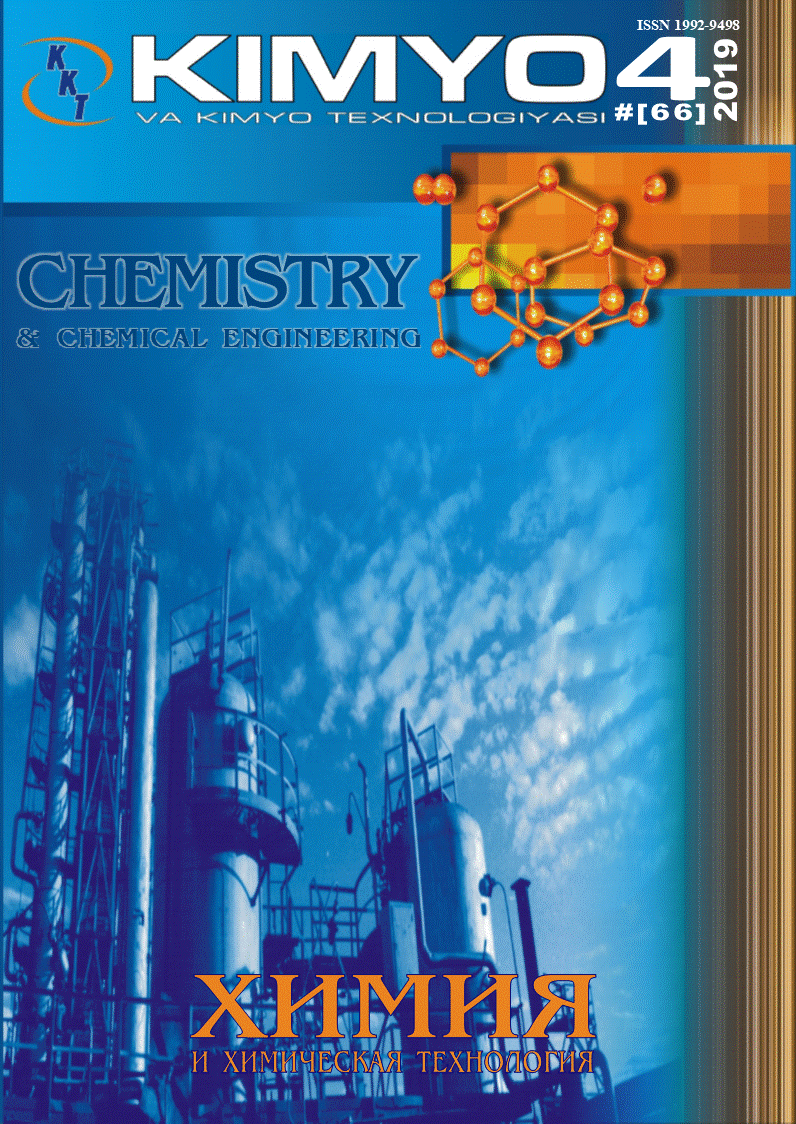
Abstract
The Methane Hydrate is expected as an energy source and is being as a medium distance transport means of natural gas alternative of LNG (Liquefied Natural Gas). During the natural gas transportation, fire accidents are concerned. In the present study, the flame spreading over a methane hydrate surface has been studied numerically as a function of hydrate surface temperature, Ts. When Ts = 173 K (-100℃), lower than the dissociation temperature (Td = 183 K (-90℃)), the flame spreading speed is around 6.5 mm/s, while the flame spreading speed at Ts = 193 K (-80℃), is around 950 mm/s, which is 150 times higher than at Ts = 173 K (-100℃). This indicates that the flame spreading speed drastically changed at the dissociation temperature. These results correspond to experimental results. When Ts > Td, the flame spreades gaseous methane/air mixture formed on the hydrate surface and then the flame spreading speed is very fast. When Ts < Td, the flame spreads, dissociating the methane hydrate in front of the leading flame edge by the heat from the flame. Then the dissociation rate determines the flame spreading speed, and it is very slow.
Recommended Citation
Nigmatov, Otabek and Ismailova, Oksana
(2024)
"NUMERICAL CALCULATION OF THE FLAME SPREADING OVER A METHANE HYDRATE SURFACE,"
CHEMISTRY AND CHEMICAL ENGINEERING: Vol. 2023:
No.
4, Article 8.
DOI: https://doi.org/10.70189/1992-9498.1500
Available at:
https://cce.researchcommons.org/journal/vol2023/iss4/8
